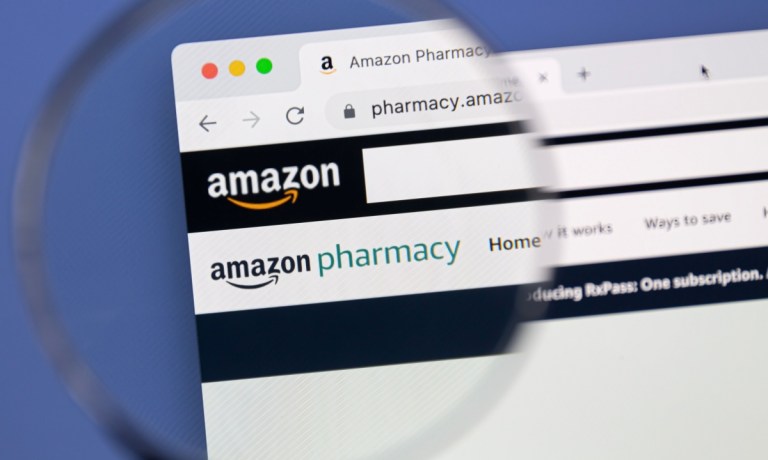During the company’s second-quarter earnings call on Aug. 1, Jassy noted Amazon Pharmacy’s progress since it launched in November 2020.
“On the pharmacy side, you’re seeing that business continue to grow and to get more resonance with customers,” Jassy explained. “It was always a relatively natural extension for us to build a pharmacy offering from our retail business. But I think a lot of what you see in the business has grown really quickly, a lot of what you’ve seen is that the work that the team has done on the customer experience over the last 18 months has really paid off.”
Jassy’s latter point is crucial for Amazon.
“Customers love the customer experience of Amazon Pharmacy,” he explained. “When you think about the experience and the speed and ease with which you can order versus walking into a pharmacy in a physical store, if you walk into pharmacies in cities today, it’s a pretty tough experience with how much is locked behind cabinets, where you have to press a button to get somebody to come out and open the cabinets for you. So, the combination of what’s happening in the physical world and how much improved we’ve made our pharmacy experience is driving a lot of customer resonance and buying behavior. Also, you see us continuing to expand there.”
Amazon Pharmacy offers a streamlined way to manage prescriptions via Amazon.com and its app. Users can search for medications, create profiles, and transfer prescriptions while viewing details such as cash prices, prescription requirements, and eligibility for free Prime shipping. The service provides various payment options, including insurance and discounts for Prime members. For eligible generic medications, Amazon Pharmacy’s RxPass program now offers Prime members on Medicare unlimited consumption of 60 broadly used prescription medications for just $5 a month.
Advertisement: Scroll to Continue
Launched in early 2023, RxPass expanded with plans to increase same-day delivery of prescriptions to additional U.S. cities beyond current offerings in major metro areas like Los Angeles and New York.
“We continue to launch same-day delivery of medications to cities,” Jassy explained. “We have them in eight cities, including Los Angeles and New York today, with plans to expand to more than a dozen cities by the end of the year. So, we’re seeing a lot of growth there and we’re very optimistic about it.”
In an interview with PYMNTS, Greg Zakowicz, senior eCommerce expert at Omnisend, said he’s not surprised to see Amazon make progress with prescription drug services.
“While many people may point to the number of Prime members as the catalyst for their success, which certainly helps, I think they are reaping the rewards by improving upon what insurers have been doing for years,” Zakowicz explained. “Insurers have been conditioning consumers to adopt mail-order prescriptions by offering discounts, but even with the slight discounts, prices still remain high. Amazon swooped in and tackled the more important aspect of the two, price.”
Zakowicz noted the inclusion of Medicare beneficiaries as a “major win” for the company, adding, “Baby boomers, still a sizeable cohort, are often the ones bearing the brunt of high-cost prescriptions. If Amazon continues to expand its drug offerings, combined with its current subscriber base, it could become the top one or two pharmacies in the U.S.”
Meanwhile, Neil Saunders, managing director, retail, at research firm GlobalData, told PYMNTS “online remains a very small part of the pharmacy market and, while it is growing, Amazon has not disrupted it in the way it has disrupted other parts of retail. That said, traditional drugstore chains are doing themselves no favor by worsening their in-store experiences across both general merchandise and within pharmacy. This is playing right into Amazon’s hands by driving more people online.”
For all PYMNTS retail coverage, subscribe to the daily Retail Newsletter.

